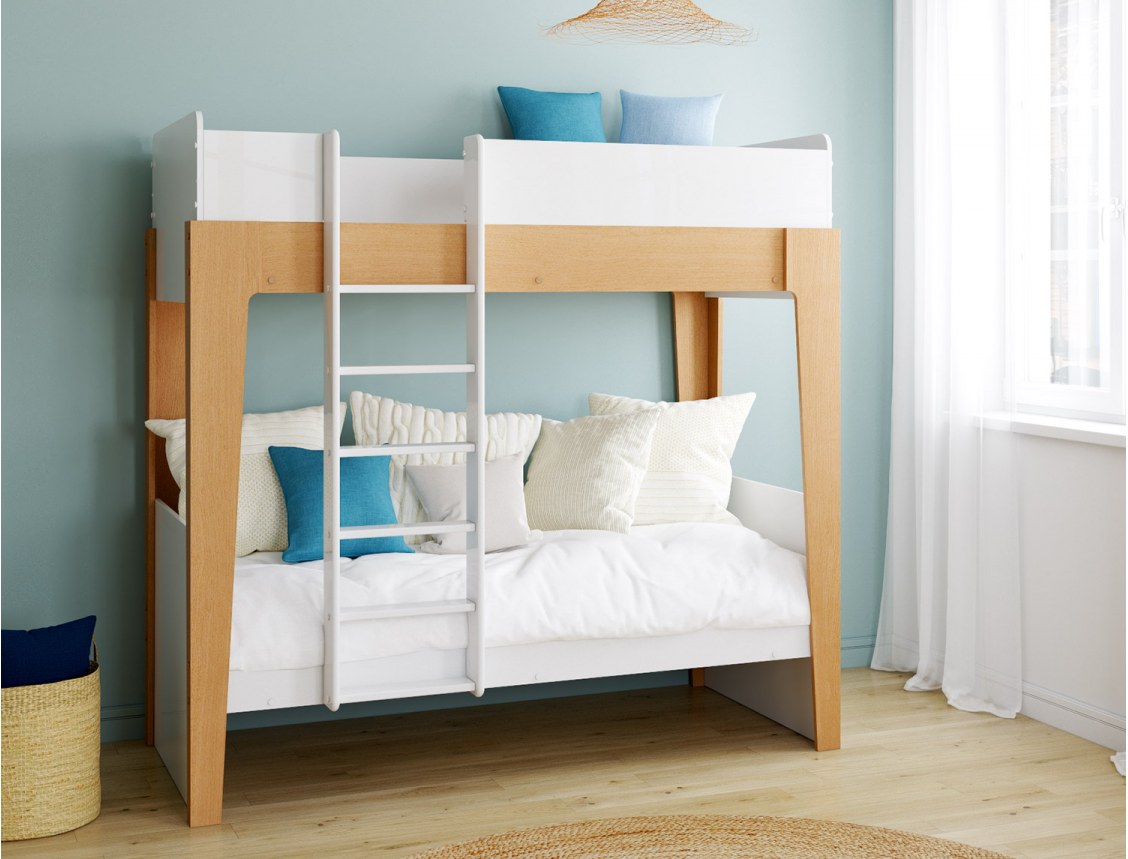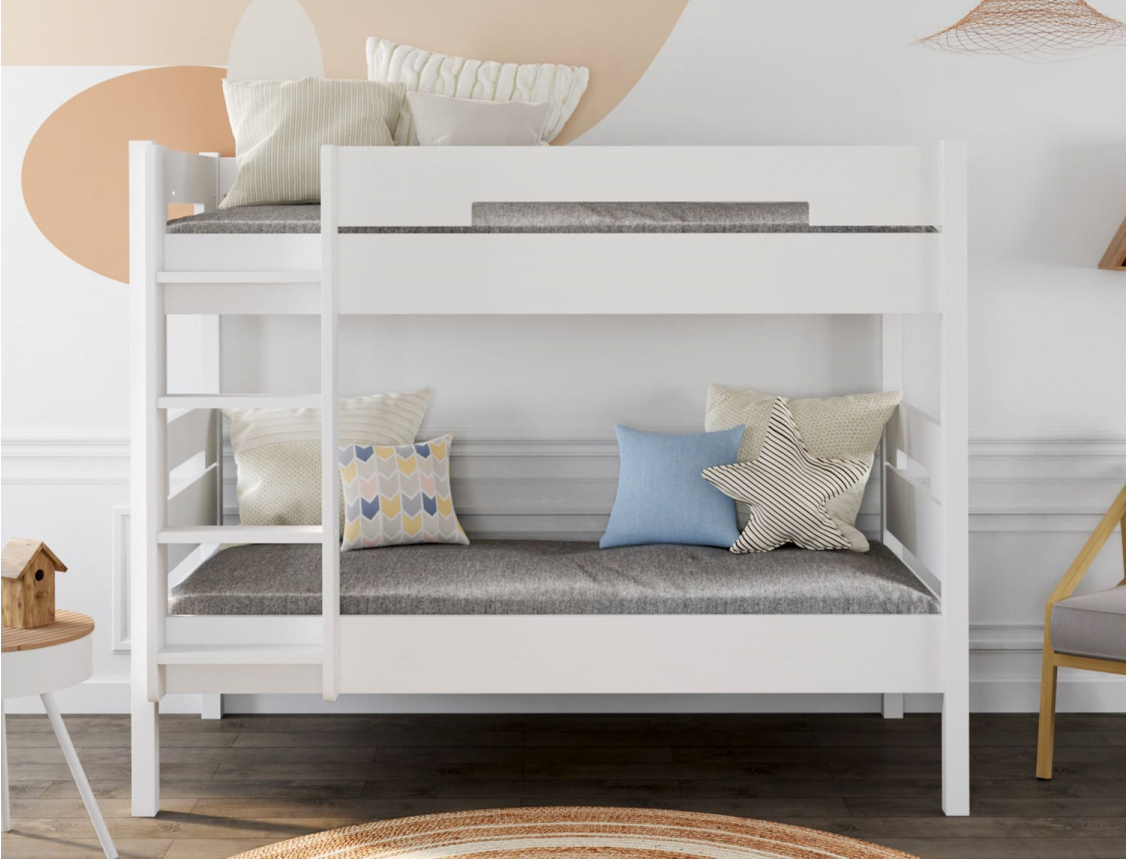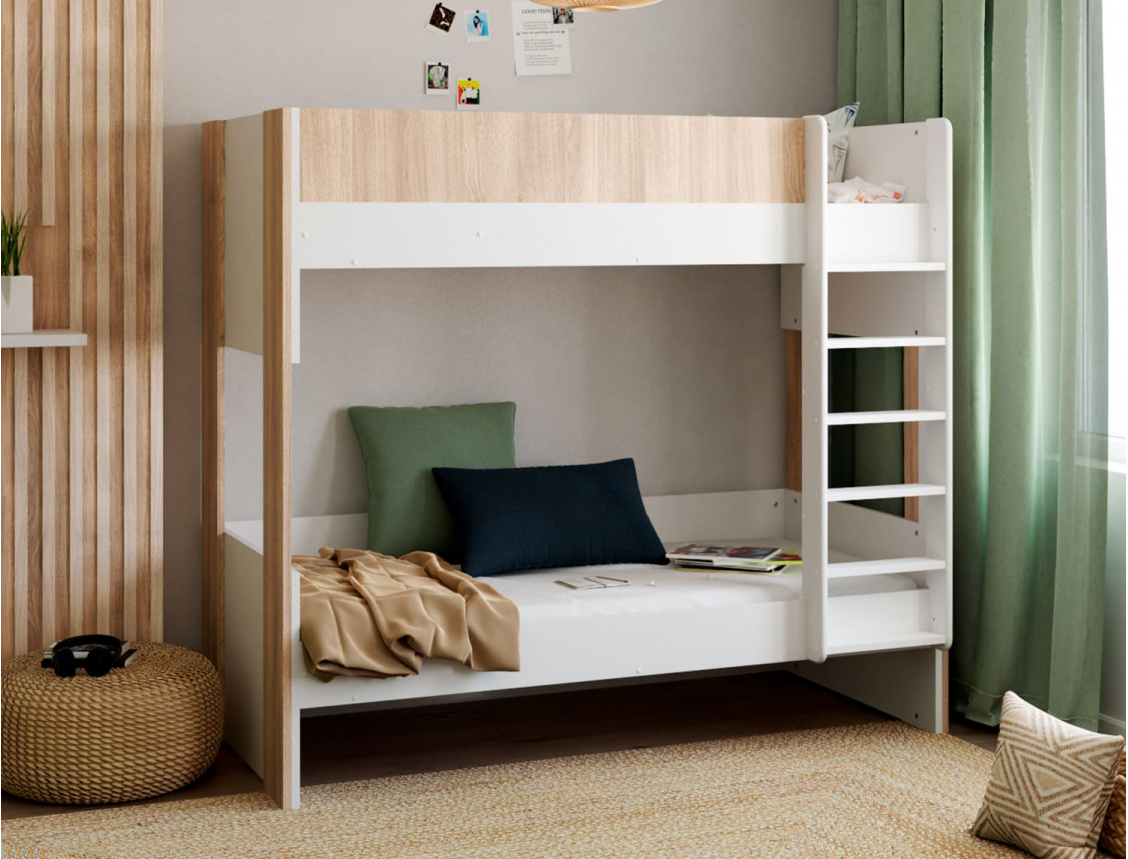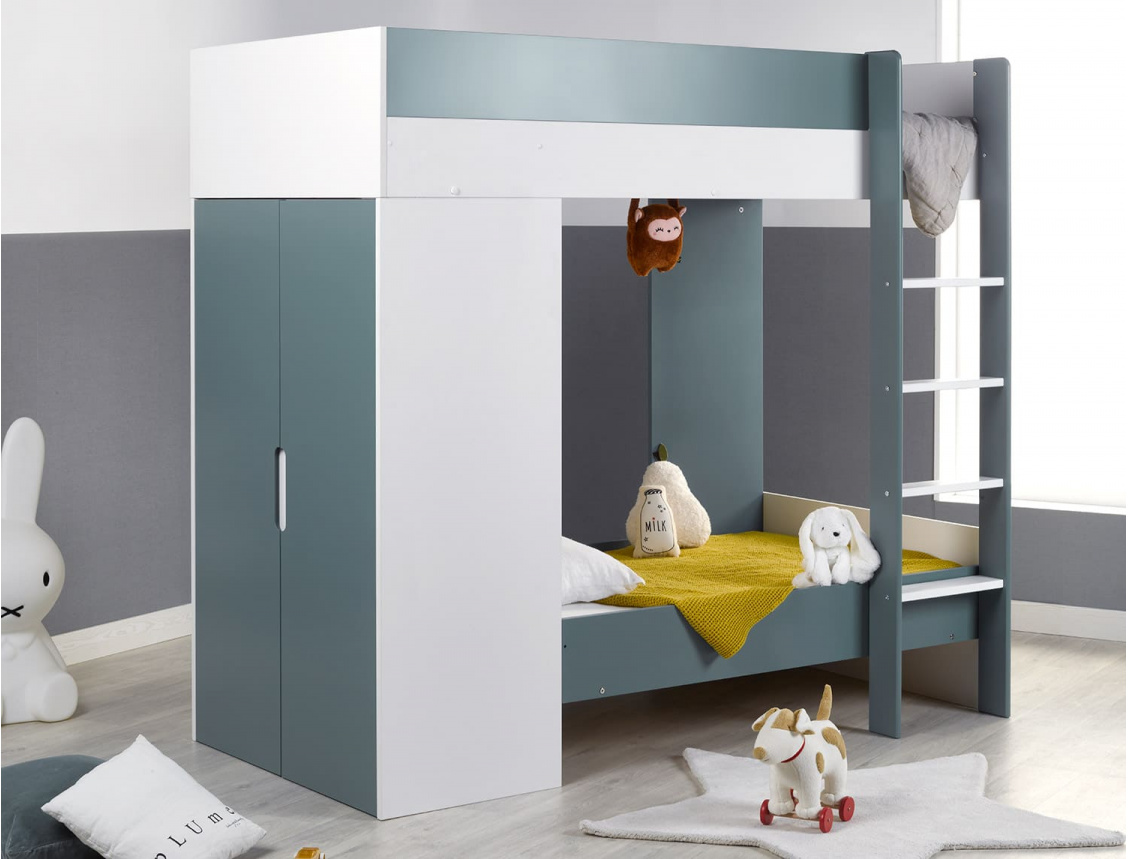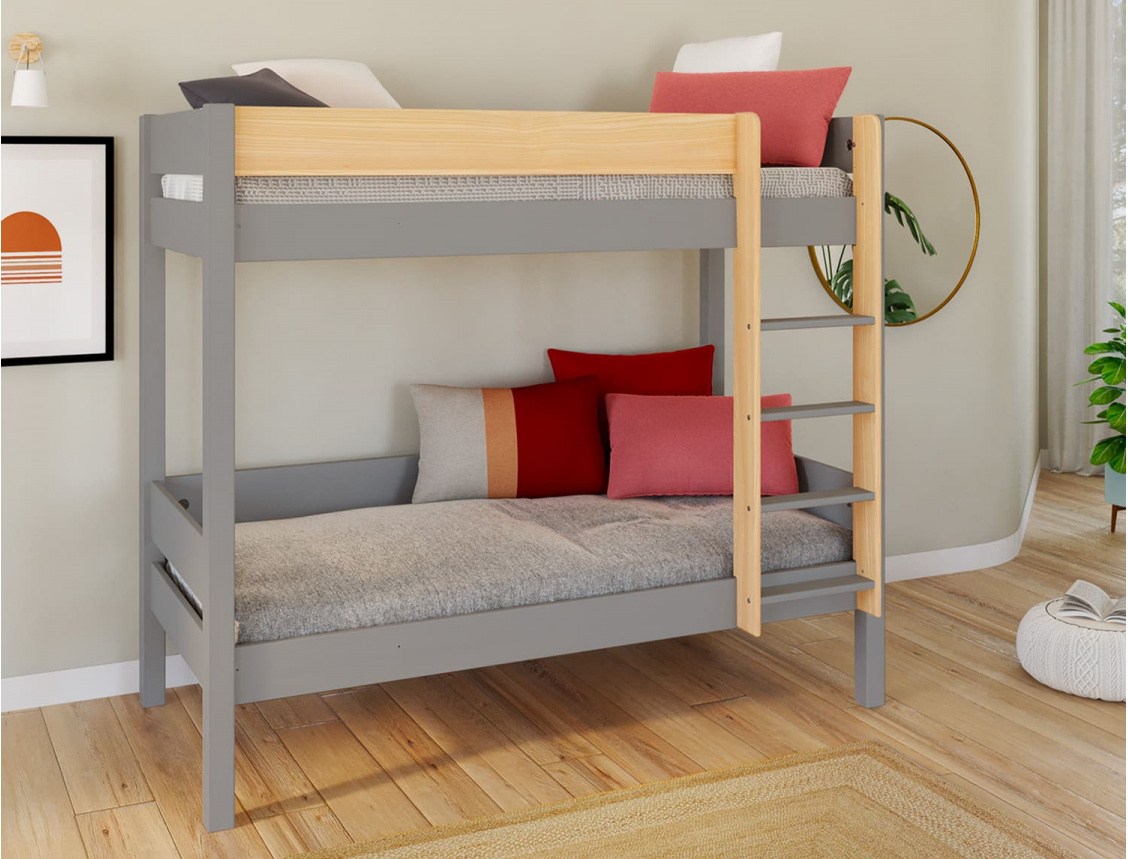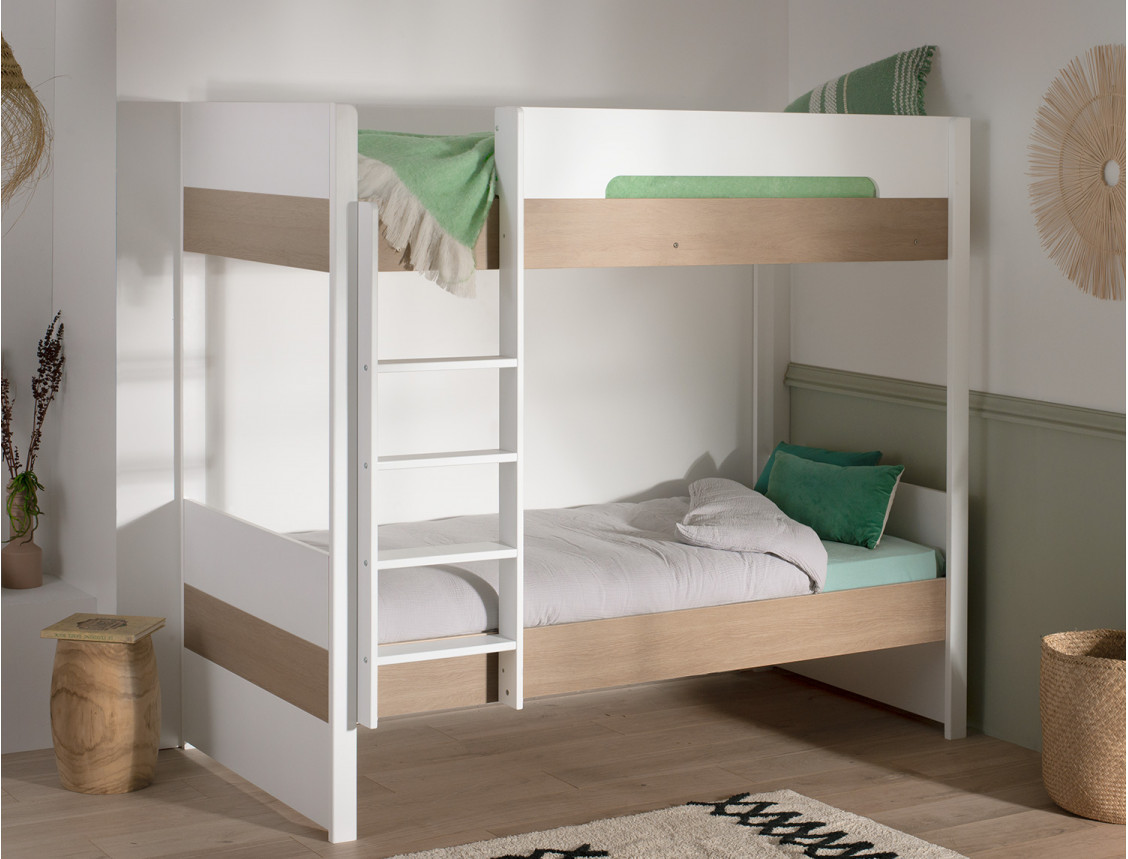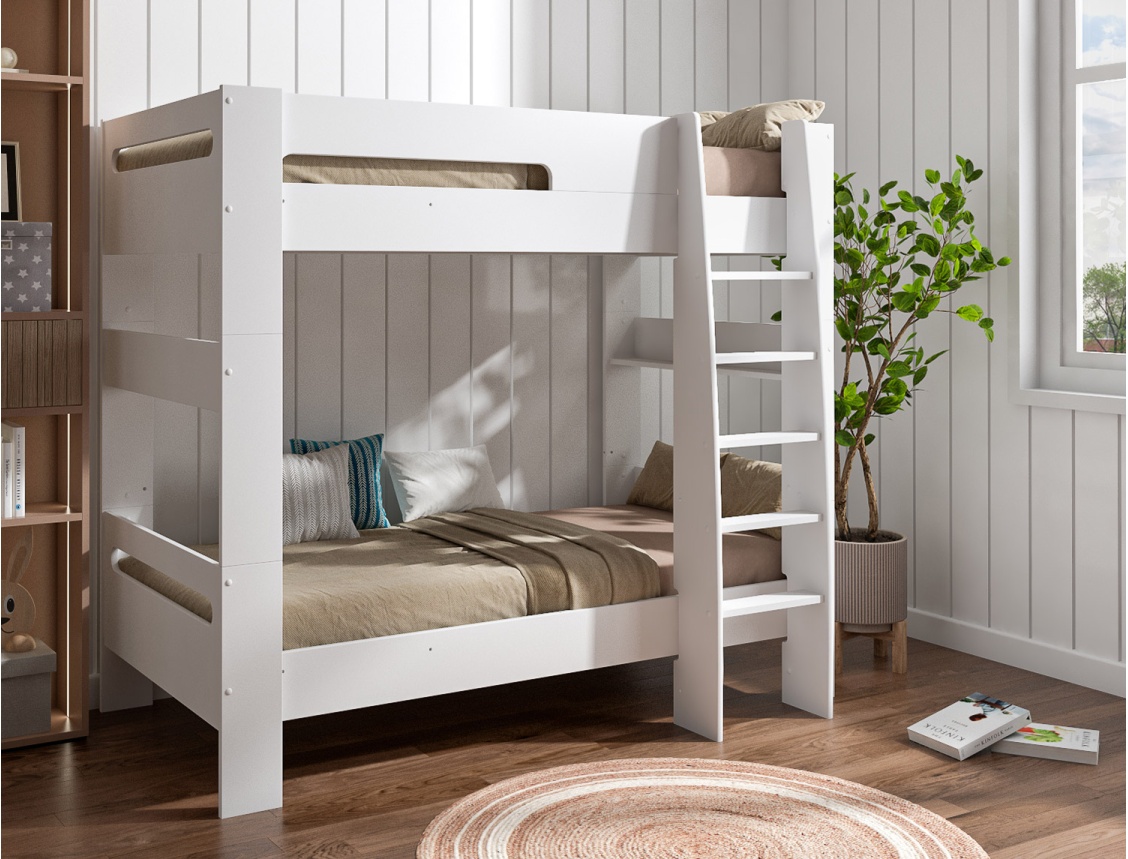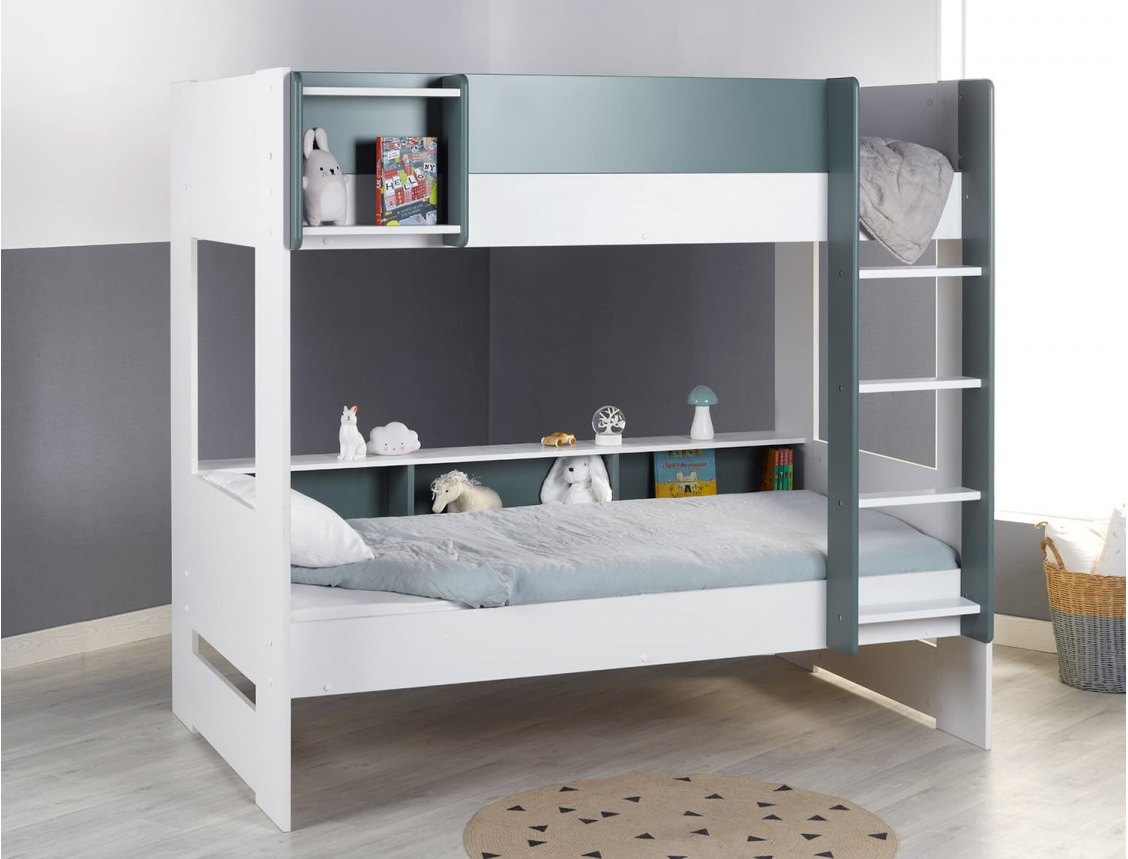How to choose the best bunk bed for your children?
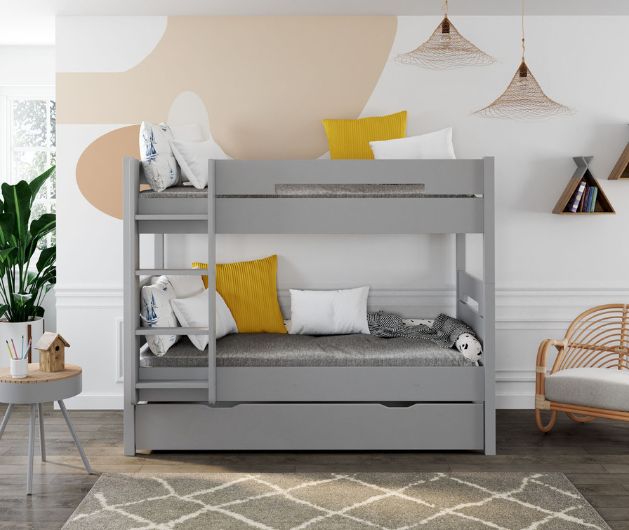
Are you considering installing a bunk bed in your children's room? You certainly aim to choose the best possible bunk bed. Therefore, it's not always easy to know what criteria to consider. So what is a bunk bed? Why choose this type of furniture? What models are available on the market? Which one to choose? Here is all our advice to choose the best bunk bed for your children.
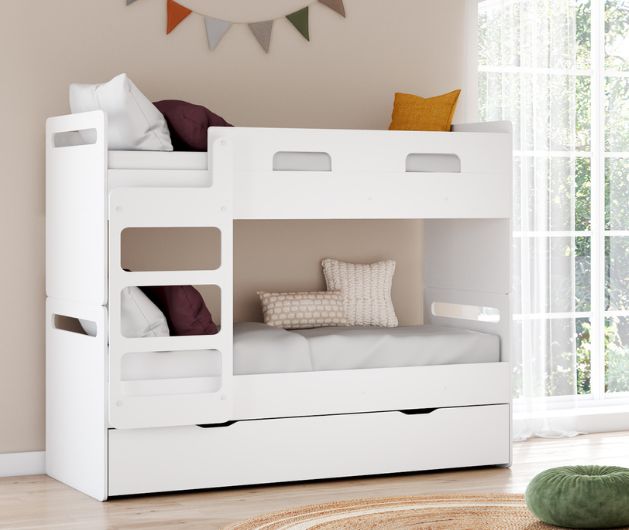
What is a bunk bed?
A bunk bed is a bed with a structure that allows two beds to be positioned one above the other. Separated by a small ladder, the two sleeping areas therefore take up little space. Most often, these are two single beds that are stacked, meaning two 90x190 cm or 90x200 cm sleeping areas. The presence of two mattresses is therefore required in a bunk bed.
Why choose a bunk bed?
The first advantage of a bunk bed is above all the space-saving it provides. Indeed, space often becomes scarce in a child's room. By stacking two beds, you free up a good part of the room to enjoy a larger play area, for example.
Moreover, bunk beds are often very popular with children. Each child creates their own little space where they feel safe and fully enjoys the presence of the other child to chat, tell stories, etc.
The different types of bunk beds
While the bunk bed is a very specific format of children's bed, there are nevertheless different models such as:
- The classic bunk bed: As mentioned before, it has two sleeping areas one above the other.
- The triple bunk bed: It is equipped with a third sleeping area in a drawer under the bottom bed. Like a trundle bed, it allows for a third pull-out bed and can accommodate 3 children in total. It therefore presents numerous advantages.
- The separable bunk bed: Here, the two sleeping areas can be separated to create two single beds. This can be useful when you plan to eventually set up each child in their own room, for example.
Which bunk bed to choose?
Choosing a children's bunk bed depends on several criteria that are recommended to consider before making a choice.
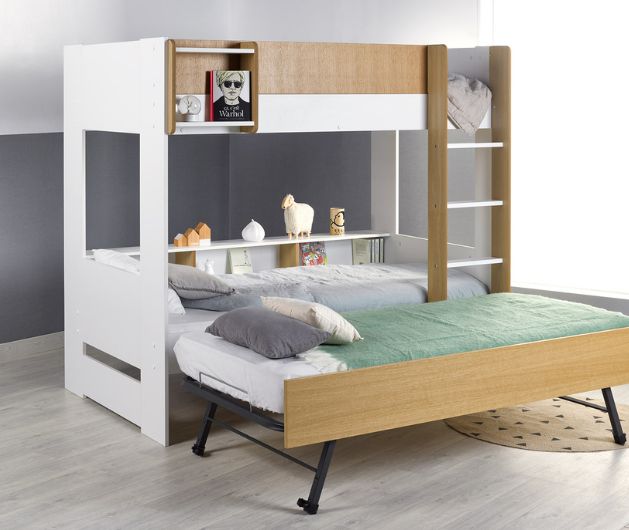
The format
We've seen how the format can make all the difference. Classic bunk bed, triple bunk bed or separable bunk bed, it's up to you to decide which model best suits your usage and your daily habits.
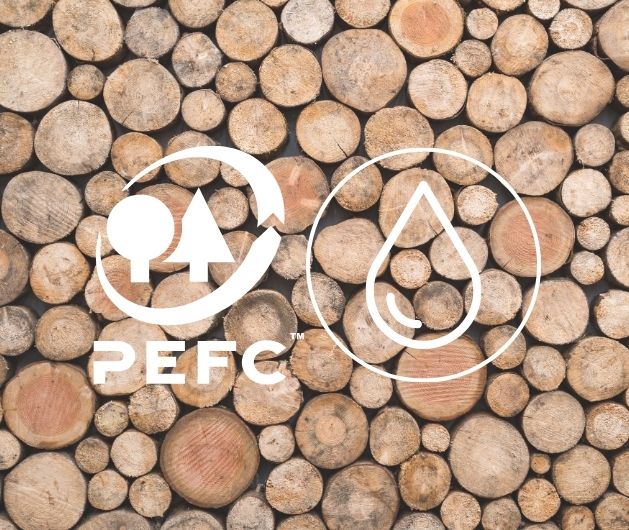
The materials
The materials are also very important when choosing a bunk bed. Indeed, we recommend choosing healthy and sustainable materials for the well-being of children, but also for the environment. A wooden bunk bed therefore seems to be the most suitable solution. Wood is a robust and durable material over time, perfect for furniture used daily by two children.
To do it right, opt for FSC or PEFC certified wood. This label guarantees that the wood used to make your furniture comes from sustainably managed forests. You can also choose furniture with solvent-free paint or even made in France.
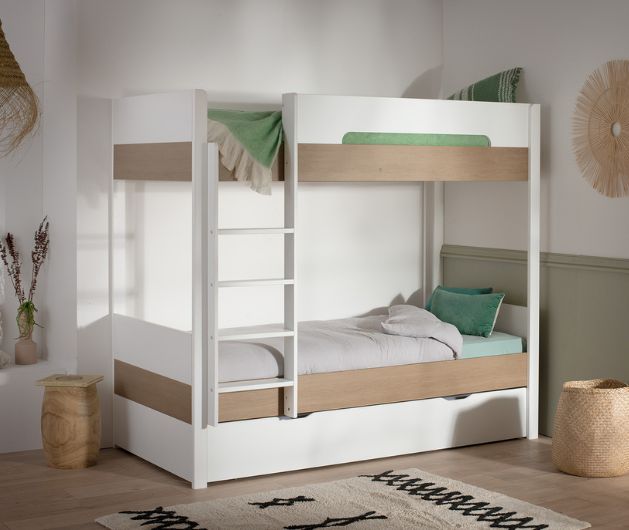
The style
In terms of style, a wide range of possibilities is available to you. Indeed, your bunk bed can be in perfect harmony with the decoration of your children's room. Wood and white remain very easy colors to match in all circumstances. Our NOMADE bunk bed, for example, offers a beautiful combination of white and wood with a modern design.
As for style, whether you opt for a white bunk bed, a wooden bunk bed, or something else, treat yourself and choose a model that you will enjoy seeing in your children's room over the years.
What age for bunk beds?
The question of age is central when it comes to bunk beds. Indeed, the youngest children will not be able to use the top bunk before they are 6 years old, as it represents too great a risk of falling. However, a child can certainly sleep at height from 6 years old. Moreover, the bottom bunk is accessible as soon as the child leaves the crib, which is around 2 years old.
Then, the bunk bed can be used until adulthood. As far as possible, it is still recommended to offer children the possibility of having their own room, especially during adolescence.
How to secure a bunk bed?
Safety is paramount in a child's room and this is also true for bunk beds. Take care to follow the manufacturer's recommendations regarding assembly. Some brands recommend attaching the bunk bed to the wall, follow this recommendation if it is indeed notified.
Furthermore, regularly check that the entire structure is still stable, that there are no broken slats or loose screws. It's better to be safe than sorry and do some checks from time to time to ensure your children are sleeping in a perfectly secure bed. This way, the whole family can sleep peacefully.
What ceiling height for a bunk bed?
A standard ceiling height is sufficient for a bunk bed. Generally, it is recommended to leave 60 cm between the mattress of the upper bed and the ceiling to avoid any risk of injury.

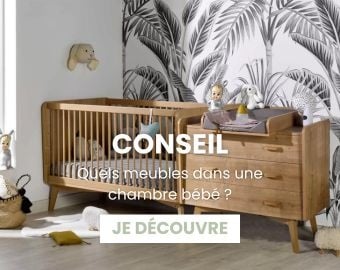
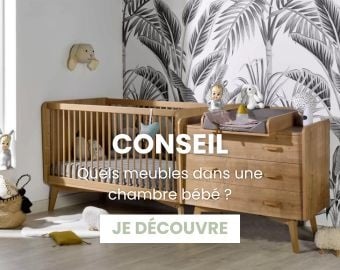
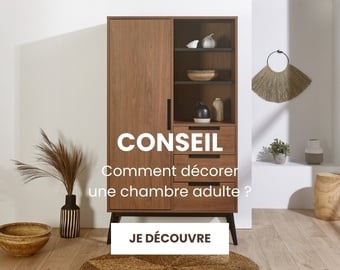
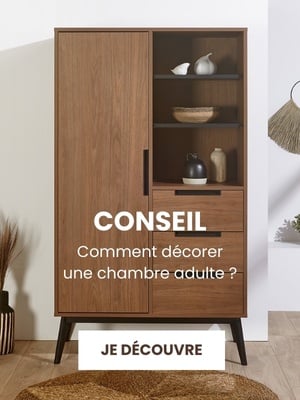






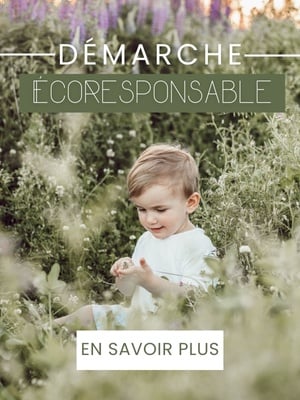

 Choosing the right baby blanket dimensions according to season and age
Choosing the right baby blanket dimensions according to season and age
 How to attach a headboard (with or without drilling): quick and effective soluti
How to attach a headboard (with or without drilling): quick and effective soluti
 Waterproof sheet or mattress protector: the best solution by age group
Waterproof sheet or mattress protector: the best solution by age group
 27 Original, Useful, and Trendy Christmas Ideas for Teens 2025
27 Original, Useful, and Trendy Christmas Ideas for Teens 2025
 Christmas Activities for Baby: Creative Ideas for Home & Daycare
Christmas Activities for Baby: Creative Ideas for Home & Daycare
